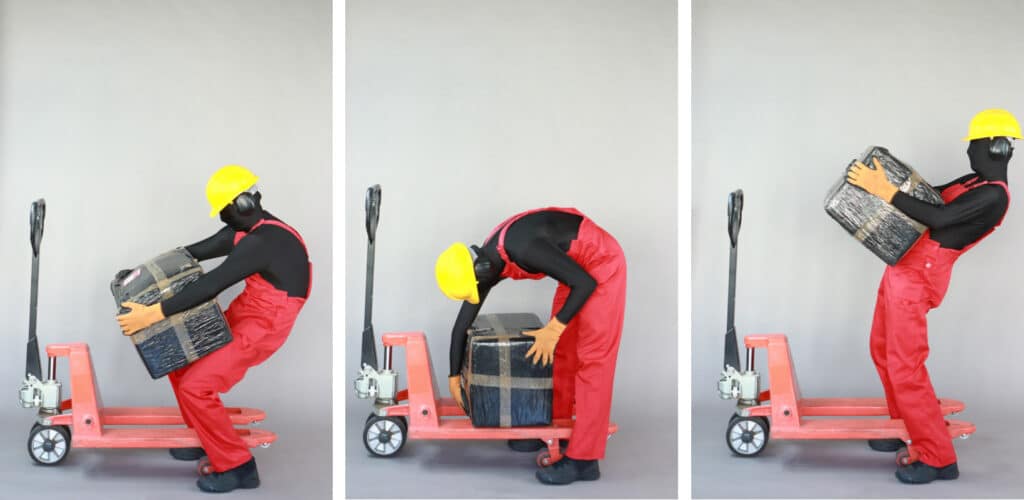June is National Safety Month and one topic that should be on everyone’s radar is musculoskeletal disorders (MSDs). The human body is very resilient and strong, and it is made up of a variety of different muscles, ligaments, tendons, and bones that work in harmony to keep us safe, healthy, and active. When we work beyond our means or excessively, we can potentially damage this delicate balance and create an ergonomic injury or have an ergonomic injury that develops into an MSD. MSDs are injuries or disorders that affect muscles, nerves, tendons, joints, cartilage, and spinal discs; with the most common diseases or illnesses being rotator cuff tears, back strain, and carpal tunnel syndrome. MSDs are the most common workplace injury, with back pain being the most common worldwide. According to the National Safety Council, in 2020 alone there were 247,620 non-fatal MSD injuries that were severe enough to require workers to miss work.

Many of us put ourselves at risk in ways we do not recognize and ignore warning signs of something that could be much more serious. From how active our lifestyle is, our age, our hobbies, and even our medical history, we could be putting ourselves at risk for an ergonomic injury or MSD. Ergonomic injuries affect people of all ages and genders. Many of us face the largest risk of an ergonomic injury or MSD while in the workplace. We can put ourselves at risk of an ergonomic injury through poor posture, excessive force or overexertion, or by the frequency and duration of the task we are doing. Early signs of an ergonomic injury or MSD can include swelling, tingling, numbness, minor pain, and lack of range of motion. Many people often think that these early signs will go away on their own but in many situations, unchecked symptoms can lead to a potentially more severe problem. The time to address these signs is when they occur, not when it is too late, and our quality of life has been altered. This is why intervention and prevention are so important.
There are two main types of controls for ergonomics that can be utilized to prevent an ergonomic injury. Administrative controls can reduce the exposure of a hazard by controlling how the task is performed. Examples include rotation of tasks, training team members on how to do the task safely or how to change positions during the task, changing the pace of work, coaching team members on proper posture, and ensuring team members get breaks to stretch. Engineering controls can eliminate the risk as much as possible through physical changes in the workplace. Examples include using handling equipment instead of physically lifting, redesigning workstations, raising or lowering working surfaces, and utilizing ergonomically designed tools and automation.
What can you control to reduce your risk of an ergonomic injury or MSD? Slowing down and stretching during your shift, resting your back, planning your work before you do it, pushing and sliding instead of lifting when possible, learning how to correct your posture, learning how to properly lift (not with your back, with your legs!), and physical conditioning such as exercising and reducing excess weight. If we do not take the proper precautions before or during work, we can potentially put ourselves in a risky situation and contribute to an ergonomic injury. PaperWorks works closely with ergonomics trained experts to help team members on the floor reduce the risk of ergonomic injury and help team members who have preexisting injuries work safer. By studying how ergonomics impact our work, we can decrease the risk of injury, illness, and discomfort over time, and improve worker performance and quality of life.





